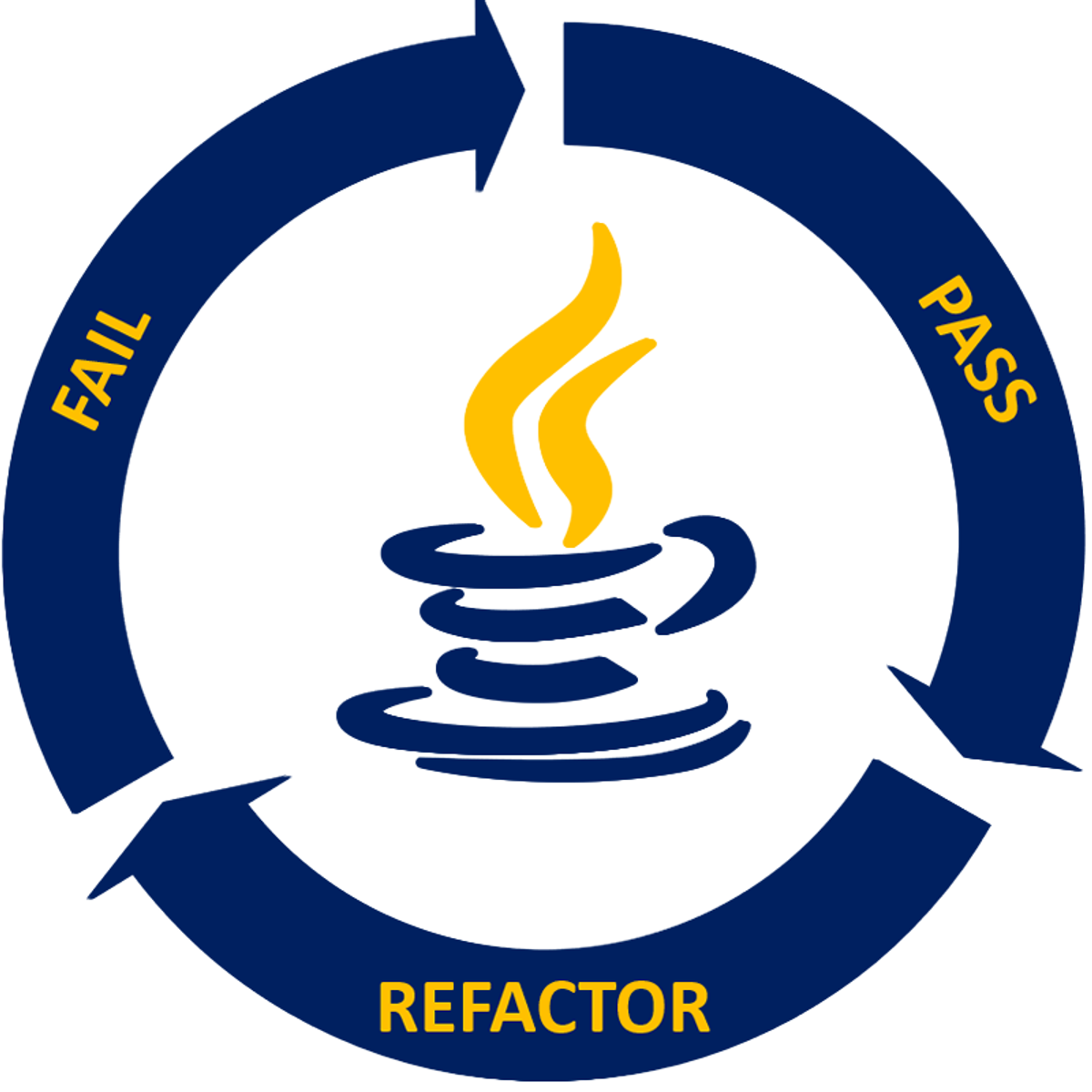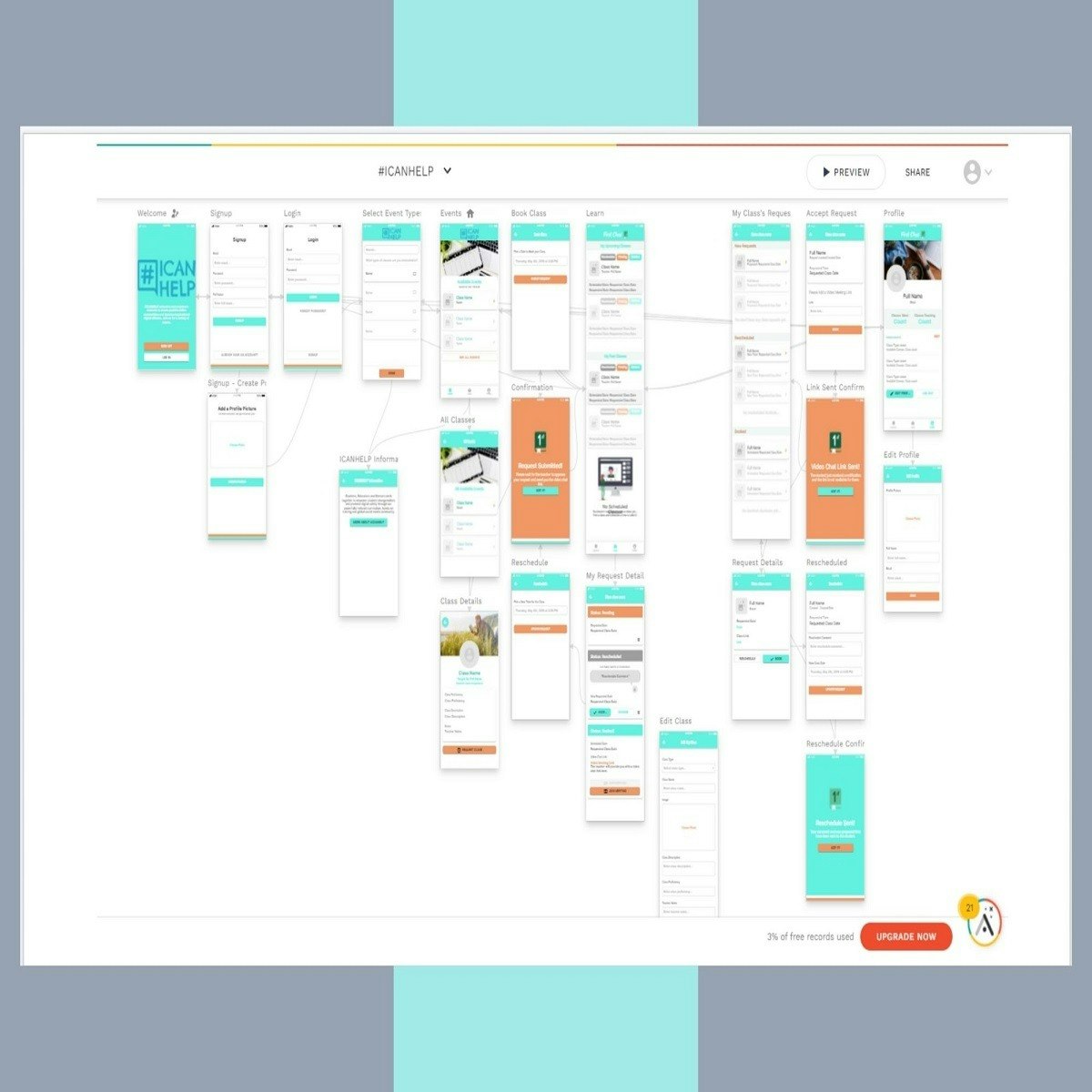Back to Courses









Computer Science Courses - Page 25
Showing results 241-250 of 2309

Overview of JUnit Testing
This course is a basic introduction to JUnit, covering the essential techniques for testing java code.

Extract Text Data with Java and Regex
By the end of this project, you will extract email text data from a file using a regular expression in a Java program.
Java is a widely used programming language largely because of its versatility. One of the Developer tools often needed is file data extraction and Java contains methods to handle that task. For example, email files containing email addresses can often be difficult to analyze because of extraneous data. Error log files may also be more easily analyzed by matching specific data fields.
Note: This course works best for learners who are based in the North America region. We’re currently working on providing the same experience in other regions.

Leverage Icebreaker Tools to Run Inclusive Meetings in Miro
By the end of this project, you will be able run effective icebreaker sessions to get to know new team members, break down barriers, warm up conversations to build the foundation for a cohesive development team.
To do this, you will gain hands-on experience leveraging icebreaker tools in the Miro online visual collaboration platform for teamwork.
Note: This course works best for learners who are based in the North America region. We’re currently working on providing the same experience in other regions.

Build an App with Adalo
Apps are not impossible to create! Everyone uses apps for various needs. You can build your own no code app in no time using Adalo. In this project, you will learn how to add components and actions to your app in Adalo. You will explore the database options to build an app that collects the information you need in Adalo.

Cloud Computing
Learn about the different tools and systems involved in cloud computing and dev ops. Explore popular cloud solutions and the benefits to cloud computing along with the core cloud architecture concepts and approaches.
You’ll also learn about the pipelines, integration techniques and workflows involved in dev ops. You’ll understand the methods and tools involved in delivery and deployment. Plus, you’ll learn about the core concepts that underpin the use of containers such as Docker and Kubernetes and how they are used. Finally, discover how all the different dev ops principles come together to form the practice of site reliability engineering.

Junos Routing, Operations, and Maintenance
In this course, we will explain basic routing concepts including routing policy, routing and forwarding tables, routing instances, and Junos OS routing configuration basics. This course will also explain the concepts and configuration basics of user authentication, the various types of interfaces found on network devices, archiving configurations, configuring and analyzing system logging and tracing, and configuring SNMP for collecting and organizing information about managed devices. Other operational monitoring and maintenance tasks will be explored, including password recovery and how to upgrade Junos OS.

Advanced React
Learn how to use more advanced React concepts and features, optimize and debug your React applications, and become proficient in using React Bootstrap and JSX.
You’ll examine different types of React components, learn various characteristics and when to use them. You’ll start working with hooks, effects and other functional components. You’ll find out how routing is used in React to customize the users' experience, you’ll create a web application that consumes API data, and you'll get familiar with the most commonly used React framework integrations, tools, and debugging approaches.
By the end of this course, you will be able to:
• Render list and form components efficiently in React.
• Lift a shared state up when several components need the updated data.
• Use all common hooks in React, and put them to use within your application.
• Build your own custom hooks.
• Understand JSX in depth.
• Use advanced patterns to encapsulate common behaviour via Higher Order Components and Render Props.
• Test and debug your application.
• Build a portfolio using React.
You’ll gain experience with the following tools and software:
• React.js
• JSX
• React
• HTML, CSS and JavaScript
• VSCode
You will be able to leverage the potential of this course to develop new skills, improve productivity, act effectively with data and boost your career.
To take this course, you should understand the basics of React, HTML, CSS, and JavaScript. Additionally, it always helps to have a can-do attitude!

Real-World Cloud PM 1 of 3: Cloud Business and Technology
Sponsored by AMAZON WEB SERVICES (AWS). Learn real-world technical and business skills for product managers or any other job family involved in the rapidly expanding cloud computing industry. Ace the AWS Certified Cloud Practitioner Exam.
Featuring
* NANCY WANG, GM of AWS Data Protection Services, AWS; Founder and CEO, Advancing Women in Tech (AWIT)
* MAI-LAN TOMSEN BUKOVEC, VP of Amazon EBS, S3, and Glacier
* TODD WEATHERBY, VP of AWS Professional Services Worldwide
* ERIN YANG, VP and Chief Technologist, Workday Ventures
* DAN SCHEINMAN, 1st Investor in Zoom
With GORDON YU, Technical Product Manager, AWS; General Counsel and Coursera Director, AWIT.
This course is the 1st in a 3-course Specialization.

Using Agones to Easily Create Scalable Game Servers
This is a self-paced lab that takes place in the Google Cloud console.
In this lab you will install Agones on a Kubernetes cluster, then create a simple UDP game server with Agones.

Concurrent Programming in Java
This course teaches learners (industry professionals and students) the fundamental concepts of concurrent programming in the context of Java 8. Concurrent programming enables developers to efficiently and correctly mediate the use of shared resources in parallel programs. By the end of this course, you will learn how to use basic concurrency constructs in Java such as threads, locks, critical sections, atomic variables, isolation, actors, optimistic concurrency and concurrent collections, as well as their theoretical foundations (e.g., progress guarantees, deadlock, livelock, starvation, linearizability).
Why take this course?
• It is important for you to be aware of the theoretical foundations of concurrency to avoid common but subtle programming errors.
• Java 8 has modernized many of the concurrency constructs since the early days of threads and locks.
• During the course, you will have online access to the instructor and mentors to get individualized answers to your questions posted on the forums.
• Each of the four modules in the course includes an assigned mini-project that will provide you with the necessary hands-on experience to use the concepts learned in the course on your own, after the course ends.
The desired learning outcomes of this course are as follows:
• Concurrency theory: progress guarantees, deadlock, livelock, starvation, linearizability
• Use of threads and structured/unstructured locks in Java
• Atomic variables and isolation
• Optimistic concurrency and concurrent collections in Java (e.g., concurrent queues, concurrent hashmaps)
• Actor model in Java
Mastery of these concepts will enable you to immediately apply them in the context of concurrent Java programs, and will also help you master other concurrent programming system that you may encounter in the future (e.g., POSIX threads, .NET threads).
